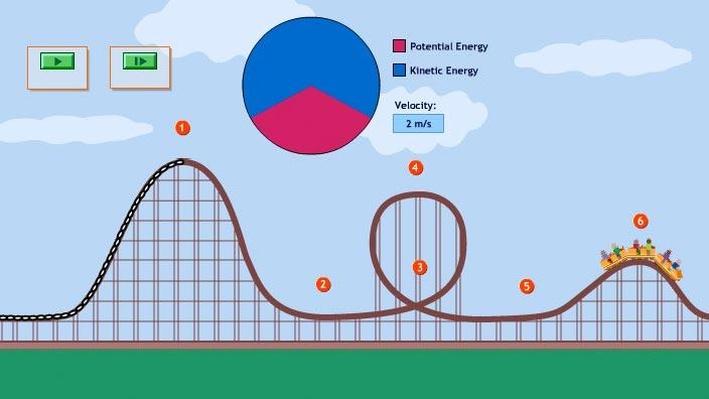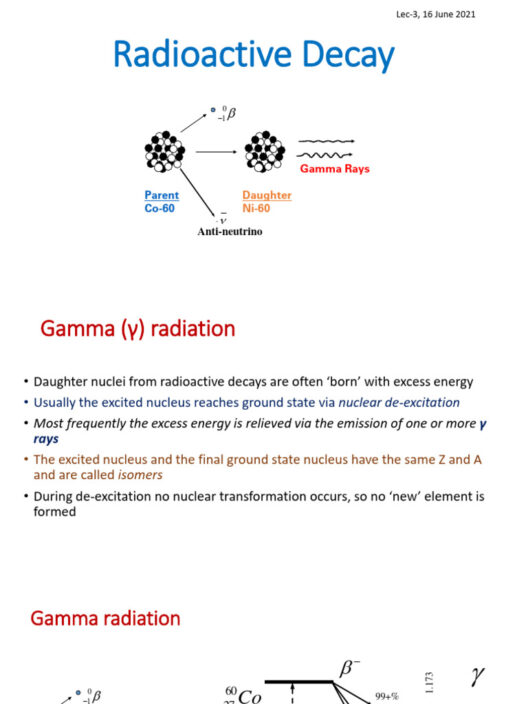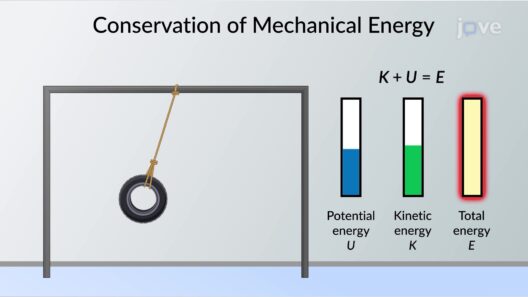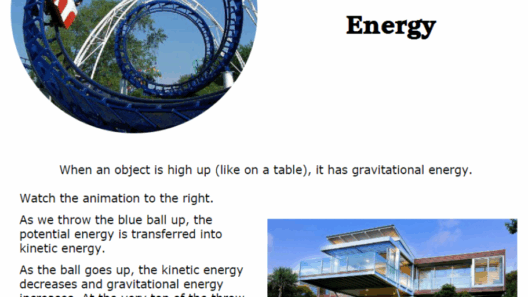The exhilaration of a roller coaster ride captivates enthusiasts and initiates alike. As you ascend to the peak, the anticipatory rush is palpable. Then, as the ride plunges downward, gravity takes control, transforming potential energy into kinetic energy. This unique interplay of forces raises a perplexing question: is mechanical energy conserved during a roller coaster ride? Understanding the principles of mechanical energy conservation involves not only fundamental physics but also deeper insights into the thrilling dynamics at play.
To delve into this question, one must first comprehend the constituents of mechanical energy. Mechanical energy is chiefly categorized into two forms: potential energy and kinetic energy. Potential energy, primarily associated with height, increases as an object is raised against gravitational force. Conversely, kinetic energy is linked to motion; it is the energy an object possesses due to its velocity. The core inquiry revolves around whether these energies are conserved throughout the various stages of a roller coaster journey.
When a roller coaster climbs its initial ascent, riders experience a gradual conversion of electrical or mechanical energy—emanating from the lift mechanisms—into potential energy as they gain altitude. At the apex, the potential energy reaches its zenith while the kinetic energy momentarily dips to its nadir. This specific moment is pivotal for understanding energy transfer within the system.
As the car hurtles downwards, gravitational force engenders a rapid transformation of potential energy into kinetic energy. At the roller coaster’s nadir—immediately before the next ascent—the kinetic energy reaches its maximum. This oscillation of energy forms the crux of why roller coasters seem to defy conventional wisdom in terms of energy conservation.
However, in reality, the mechanical energy observed on a roller coaster is not fully conserved. Several dissipative forces come into play during the ride, creating variations in total mechanical energy. The most prevalent of these are friction and air resistance. Each contact point between the roller coaster’s wheels and tracks introduces friction, which generates heat, dissipating energy and diminishing the total mechanical energy available for motion. Similarly, air resistance becomes increasingly significant at higher speeds, further eroding energy due to drag.
This leads to the overriding principle: while the mechanical energy during specific segments of the ride appears conserved, the overall energy within the system diminishes due to these non-conservative forces. Riders may observe that after successive hills, the coaster does not reach the previous heights; this phenomenon vividly illustrates the lost energy.
Yet, this does not detract from the thrill of the ride. In fact, it enhances the experience. The peaks and valleys of a roller coaster—the euphoric climbs and gut-wrenching drops—provide an unparalleled sensory experience precisely because of this intricate dance of energy transformation. Engineers meticulously design roller coasters to capitalize on these principles, crafting a seamless blend of potential and kinetic energy that maximizes excitement while ensuring safety.
The engineering marvel behind roller coasters also serves to highlight the role of conservation in energy management. Roller coasters utilize gravitational force intelligently, harnessing it to propel themselves. This renewable source of energy cleverly circumvents the excesses typically associated with energy consumption. Nonetheless, understanding the limitations posed by friction and air resistance remains crucial for advancements in roller coaster design.
One area of study within this realm involves optimizing the materials used for tracks and roller coaster cars. By incorporating smoother materials and reducing weight, designers aim to diminish energy losses attributable to friction. Additionally, incorporating aerodynamic shapes can mitigate air resistance, thus allowing the coaster to maintain higher velocities throughout the course of the ride.
The general observation of mechanical energy not being entirely conserved on a roller coaster ride compels further contemplation regarding energy conservation in broader contexts. Insights gained from studying roller coasters can inform sustainable practices across various sectors, from transportation to energy production and consumption. The appreciation for energy transformation can inspire innovations that reduce waste and enhance efficiency, aligning with global conservation efforts.
In conclusion, while a roller coaster ride is a demonstration of the fundamental principles of energy conversion, it also reveals the complexities surrounding energy conservation. Observing how potential energy morphs into kinetic energy—and recognizing the inevitable loss to friction and air resistance—provides valuable lessons on the intricacies of mechanical systems. The thrill of riding a roller coaster lies not only in the adrenaline rush but in the elegance of physics at work. Each ascent and descent paints a vivid picture of energy in motion, echoing our intrinsic connection to the dynamic forces that govern both amusement and nature.








